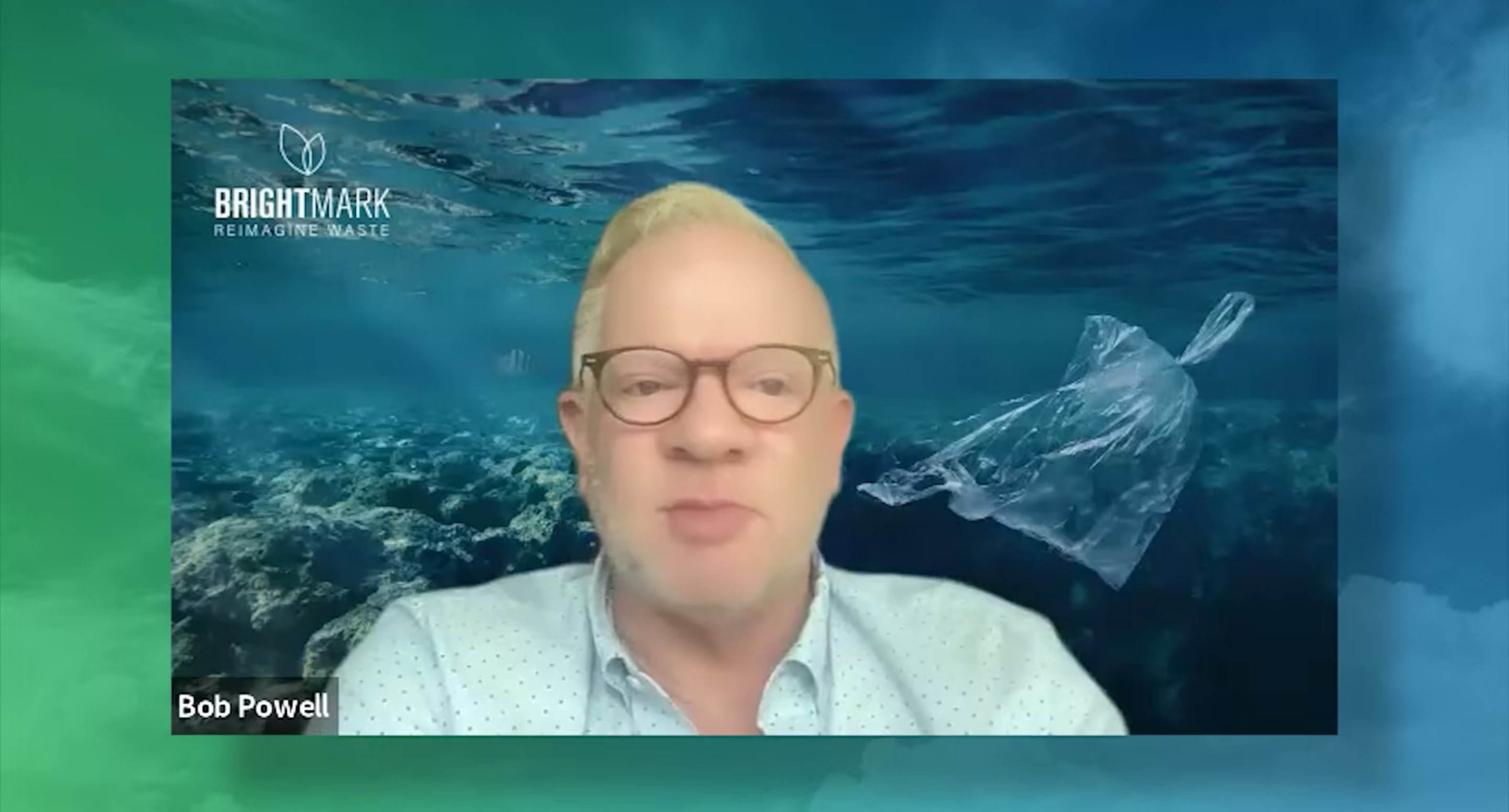In celebration of the Business Council for Sustainable Energy’s 30th Anniversary, the Solutions for a Net-Zero Economy interview series promotes the leadership and innovation of clean energy businesses and the membership of BCSE. Featured speakers will showcase the broad range of technologies available to achieve sustainability objectives and a net zero economy.
By Bob Powell, CEO, Brightmark
This is an exciting time to be working in the climate solutions business. With the tremendous investments made by the Inflation Reduction Act (IRA), the federal government has opened the door for many emerging technologies with the potential to help us reach the nation’s goal of a net zero economy by 2050.
At Brightmark, we are working toward decarbonizing the economy by focusing on recapturing the value in waste products – everything from food waste and livestock manure to difficult-to-recycle plastics. We deploy circular waste solutions focused on plastics renewal (circular plastics) and anaerobic digestion (renewable natural gas) that disrupt the status quo and make change happen.
Our technology processes capture, clean, and reprocess these waste materials so that they can have a second life in the circular economy. The climate benefits of these efforts are tremendous. For example, research shows that when all climate benefits are considered together, generating renewable natural gas from dairy manure via anaerobic digestion can reduce greenhouse gas emissions by up to 370% when used to replace traditional diesel fuel. On the plastics side, our advanced recycling process – which produces the building blocks for circular plastic manufacturing – produces up to 139% fewer greenhouse gas emissions than equivalent products made from virgin materials.
Technologies like Brightmark’s are powerful decarbonization solutions that have the potential to fight the climate crisis and local pollution in our communities. As we enter the era of the IRA implementation, we encourage our peers in the space to learn more about the transformative power of waste-to-value technologies.

